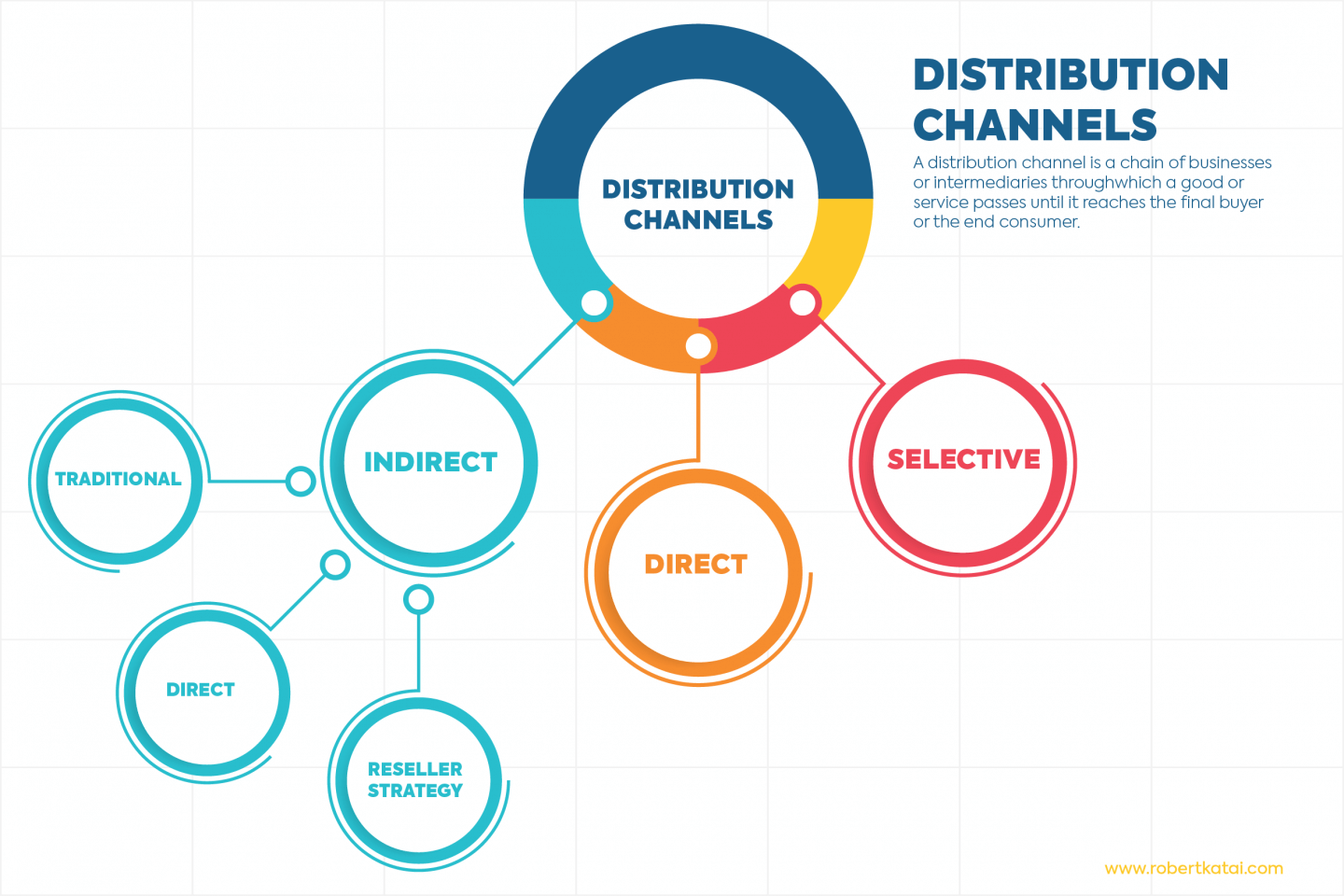Advanced Services
This page was designed for businesses that are no longer startups and are looking for advanced assistance for your company. When trying to decide next steps to growth, the information below will hopefully take you on a journey of discovery to your next level in business.
Already decided your next move and needing direct assistance?
Feel free to book an appointment with GNWBC at anytime:
When is a company no longer a startup?
The following metrics will give you a good idea of when a startup is no longer a startup. If your business checks all of the following marks, then it’s time to start thinking about redirecting your company to expand into your next niche.
As startups are in the initial stages of business, they will be researching the market and designing a product or service they hope will fit the market, be desirable to customers and go on to sell well. Once this has already been achieved and a product or service is no longer in the prototype stage but is actually being brought by customers, then this is a clear marker for when you are no longer a startup.
If we consider the definition of a startup as an enterprise in the early, fledgling stages of business, it goes without saying that the scale of the company must be modest – even if they have huge ambitions. If the scale of your business is sizable, it’s a clear sign that you can no longer be defined as a startup.
Scale is determined using indicators such as revenue, number of employees and the age of a business. There is no definitive figure for any of these elements which will tell you are no longer a startup, but it should be fairly clear once your scale has surpassed that of a startup.
Another metric which can determine whether or not a company is still eligible for startup status is that of profitability. This doesn’t just refer to revenue minus expenses, but also refers to efficiency and investment returns. It can therefore be narrowed down to net income. When this becomes a significant figure, it’s probably time to lose the startup label.
Another clear indication that it’s time to renounce the startup title is when the business begins to become more bureaucratic. This means that you are now using official and formal channels of communication and have standardized and efficiently organized your processes and operating procedures.
In practice, this may mean you now have a dedicated accounts team, an appointed marketing and branding team and are no longer working with just a small group of individuals focused on ideation. Instead, things are running like a well-oiled machine, and you are not experimenting with organization.
In other words, creative experimentation and innovation are perhaps still part of the business process but have taken a back seat to standardized, organized bureaucracy.
When a Startup is No Longer a Startup
Taking the above criteria as indicators, you can determine whether or not your business still qualifies as a startup or not. However, since the term startup has somewhat exceeded its initial definition and may now refer to a mentality and style of business, it is perhaps possible to retain the label of startup in relation to your business, even if it is not an accurate or exhaustive definition of your company.
Next Steps
Great! Congratulations on your growth to this point. Your business is now considered at an SME, or small-to-medium-sized business. If you know your business is ready for the next level, chances are you're looking for opportunities in one of the three main categories. Expansion/Hiring, Government Contracting or Distribution. Let's take a deeper look into each option and choose which one is right for your business. At anytime, feel free to set an appointment with GROW Nebraska Women's Business Center so we can assist you directly.
Expansion
- Are you working yourself to the bone?
- Are you stuck focusing on survival over growth?
- Is the quality of your work suffering?
- Are there not enough hours in the day?
- Are you ready to let go?
- Can you afford to (or better yet, can you afford NOT to)?
These are all HUGH indicators it’s time to expand and hire some help! However, in today’s environment, it has become more difficult to recruit and hier qualified employees and even more difficult to retain them. Businesses who can do so successfully have an advantage over their competitors.
Click the links below if you need recruitment assistance through our hiring portal or through some of our other partnered resources.
The video above is a step-by-step tool on how to get started.
Government Contracting
Do you sell products and/or services that can be used by the government? Many of us don’t consider it as an option, but the possibilities are closer than you may imagine. The SBA also has representatives all over Nebraska that are here as resources for assistance. If you have something the government has use for then the federal government wants YOU! Did you know certain contracts and federal dollars are set aside each year for b lack-owned, women-owned, service-disabled veteran-owned, disadvantaged-owned and disabled-owned businesses? They’re looking for contractors specifically in these areas:
- Transportation & Logistics
- Medical Services & Medical Professionals
- Information Technology
- Professional Services
- Facilities & Construction
If you’re ready to get started getting your business established to accept government contracts and are in need of speaking directly to a representative, please contact our District Economic Development Specialist/Public Information Officer at (402) 221-7200.

Distribution
Distribution is the activity of both selling and delivering products and services from manufacturer to customer. This can also be called product distribution. As businesses become more global it becomes important to improve distribution to ensure that customers and all members of the distribution channel are happy.
Below is a link to our friends at SCORE Mentors to assist you with The Startup Roadmap: Pricing, Sales, and Distribution. Do you already have you pricing structured for sales and distribution? Set an appointment with Amanda at the GROW Nebraska Foundation to speak with her about your distribution opportunities through your membership with GNWBC.
Indirect Distribution
- Transportation & Logistics: Traditional (i.e. storefront) or outside displays
- Digital: Most popular forms of indirect marketing
- Reseller's Strategy: Middle/external/third-party seller for your products or service
Direct Distribution
The company sells directly to the customer, without intermediaries. A modern example of a direct distribution channel is the eCommerce website.
Selective Distribution
Big companies, especially companies involved in the fashion industry choose to select their distribution channels rigorously. They deliver to a limited number of outlets and only to exclusive retailers in order to make sure their brands are handled by professionally instructed personnel.
